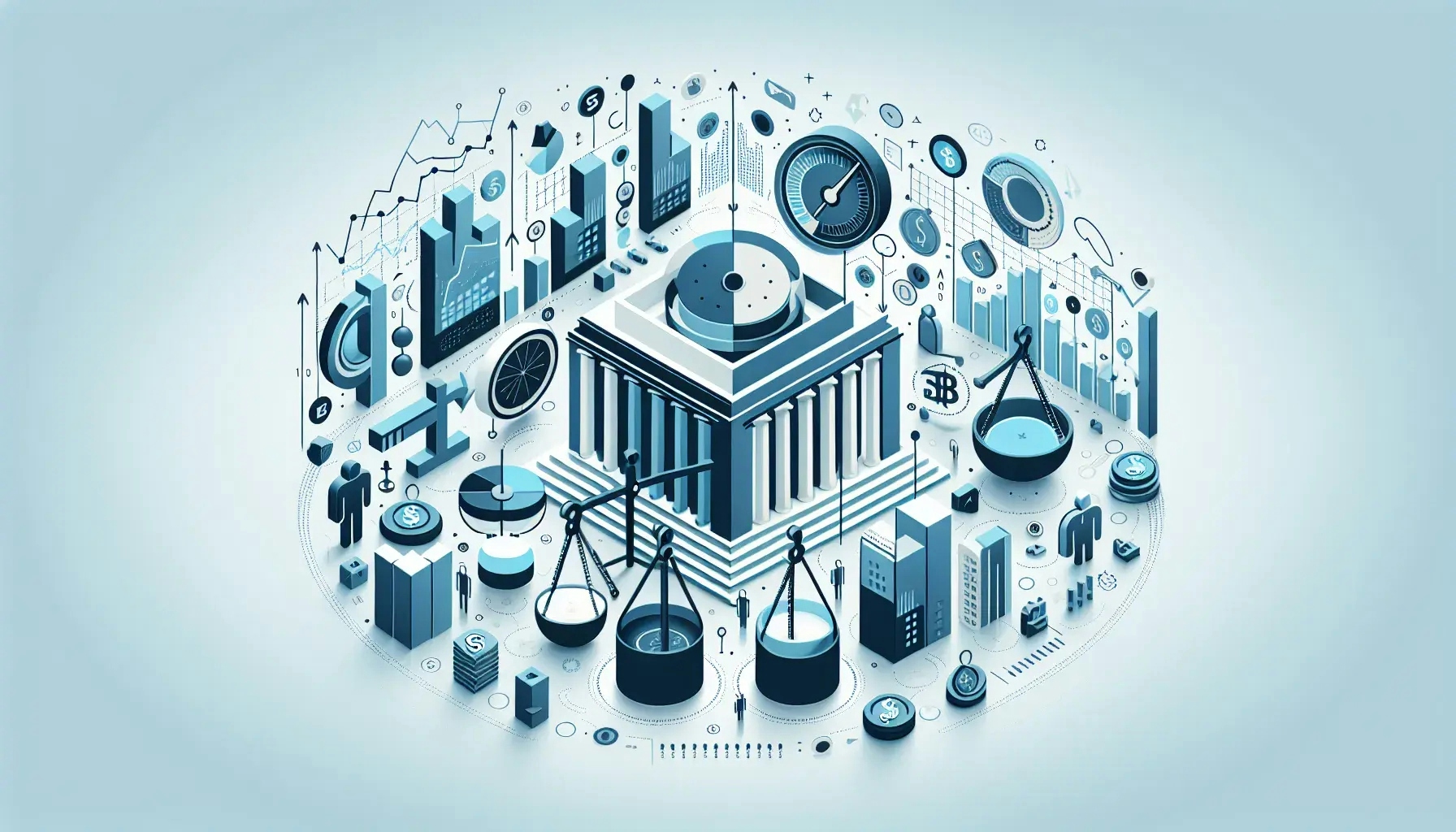In the world of finance, few things are as influential as the interest rates set by central banks. These rates can shape economies, influence markets, and impact our daily lives. But what factors guide these crucial decisions? This blog post will delve into the complexities behind central bank interest rate decisions, shedding light on the key influences that shape these pivotal economic determinants.
The Role of Inflation
Central banks often have a mandate to maintain price stability, which translates into managing inflation. When inflation rates rise, central banks may increase interest rates to curb excessive spending and slow down the economy. Conversely, when inflation rates are low, central banks might lower interest rates to stimulate spending and economic activity.
Inflation doesn't operate in a vacuum. It's influenced by various factors such as wage growth, commodity prices, and currency exchange rates. Central banks must keep a close eye on these elements to anticipate inflationary trends. They must also consider the lag effect of their decisions, as changes in interest rates can take time to permeate through the economy.
Economic Growth and Unemployment
Economic growth and unemployment rates are two other critical factors that central banks consider. A robust economy with low unemployment might signal an overheating economy, leading to inflation. In such cases, central banks might raise interest rates to cool down the economy.
On the other hand, during periods of slow economic growth or high unemployment, central banks might lower interest rates. Lower rates can stimulate borrowing and investment, leading to job creation and economic growth. However, this is a delicate balancing act. Lowering rates too much could lead to inflation, while raising them too high could stifle growth.
Fiscal Policy and Government Debt
Central banks also need to consider fiscal policy and government debt. High levels of government debt can lead to increased borrowing costs and inflation. To counteract this, central banks might raise interest rates. However, higher rates can make it more expensive for the government to service its debt.
Fiscal policy, which involves government spending and taxation, also plays a role. Expansionary fiscal policy, characterized by increased government spending or tax cuts, can stimulate the economy. However, it can also lead to inflation. In such cases, central banks might raise interest rates to keep inflation in check.
Global Economic Conditions
In today's interconnected world, global economic conditions can significantly influence central bank interest rate decisions. Economic crises, trade wars, or recessions in other countries can impact domestic economies. Central banks must consider these global factors when setting interest rates.
For instance, if a major trading partner is experiencing an economic downturn, a central bank might lower interest rates to stimulate domestic demand and offset the impact. Conversely, if global economic conditions are strong, a central bank might raise interest rates to prevent the economy from overheating.
Market Expectations
Market expectations also play a crucial role in central bank interest rate decisions. If markets expect interest rates to rise, they might start behaving as if rates have already increased. This can lead to increased borrowing costs and a slowdown in economic activity.
To manage market expectations, central banks often communicate their policy intentions clearly. This practice, known as forward guidance, helps reduce uncertainty and stabilize markets. However, central banks must also be ready to adjust their policies if economic conditions change unexpectedly.
Financial Stability Concerns
Financial stability is another key consideration for central banks. If there are concerns about financial stability, such as a potential housing bubble or excessive risk-taking in financial markets, central banks might raise interest rates to curb such behaviors.
However, raising rates too quickly could lead to a sharp correction in asset prices, potentially triggering a financial crisis. Therefore, central banks must tread carefully, balancing the need for financial stability with the potential risks of their actions.
Decoding Central Bank Interest Rate Decisions
Central bank interest rate decisions are influenced by a myriad of factors, from inflation and economic growth to fiscal policy and global economic conditions. Understanding these influences can provide valuable insights into the likely direction of interest rates and the broader economic landscape. As we've seen, these decisions are far from straightforward, requiring a delicate balancing act to maintain economic stability.

